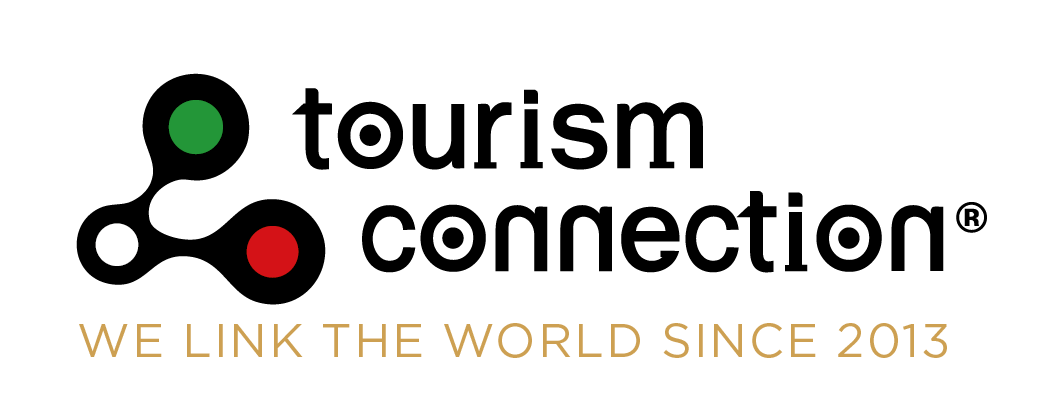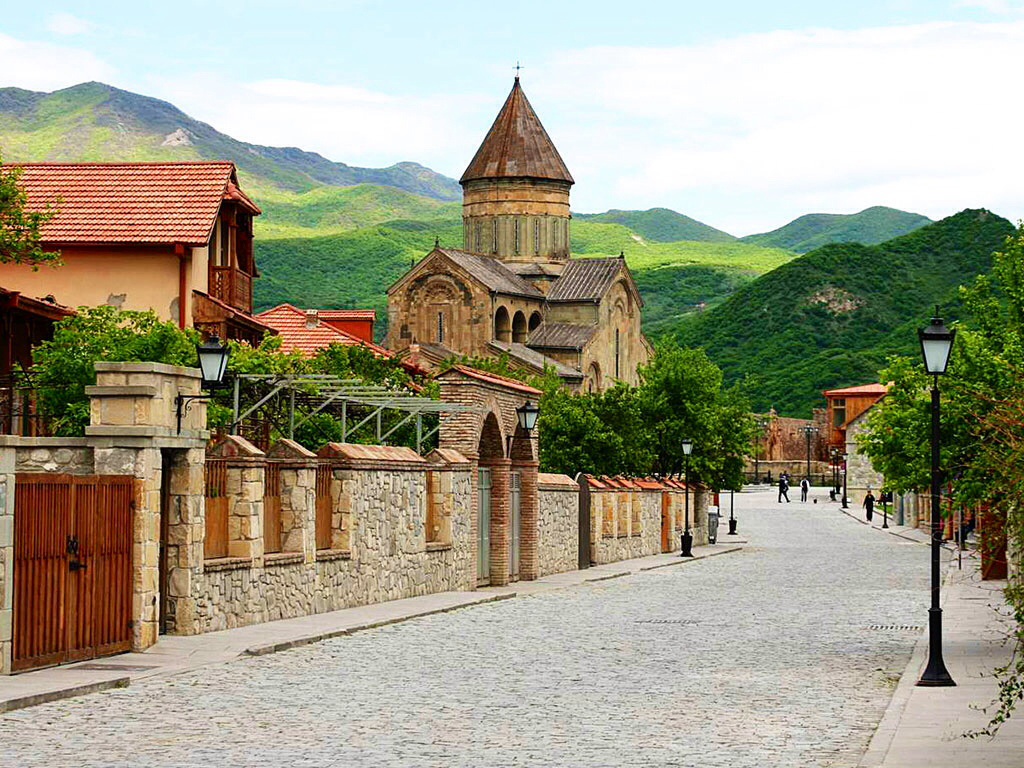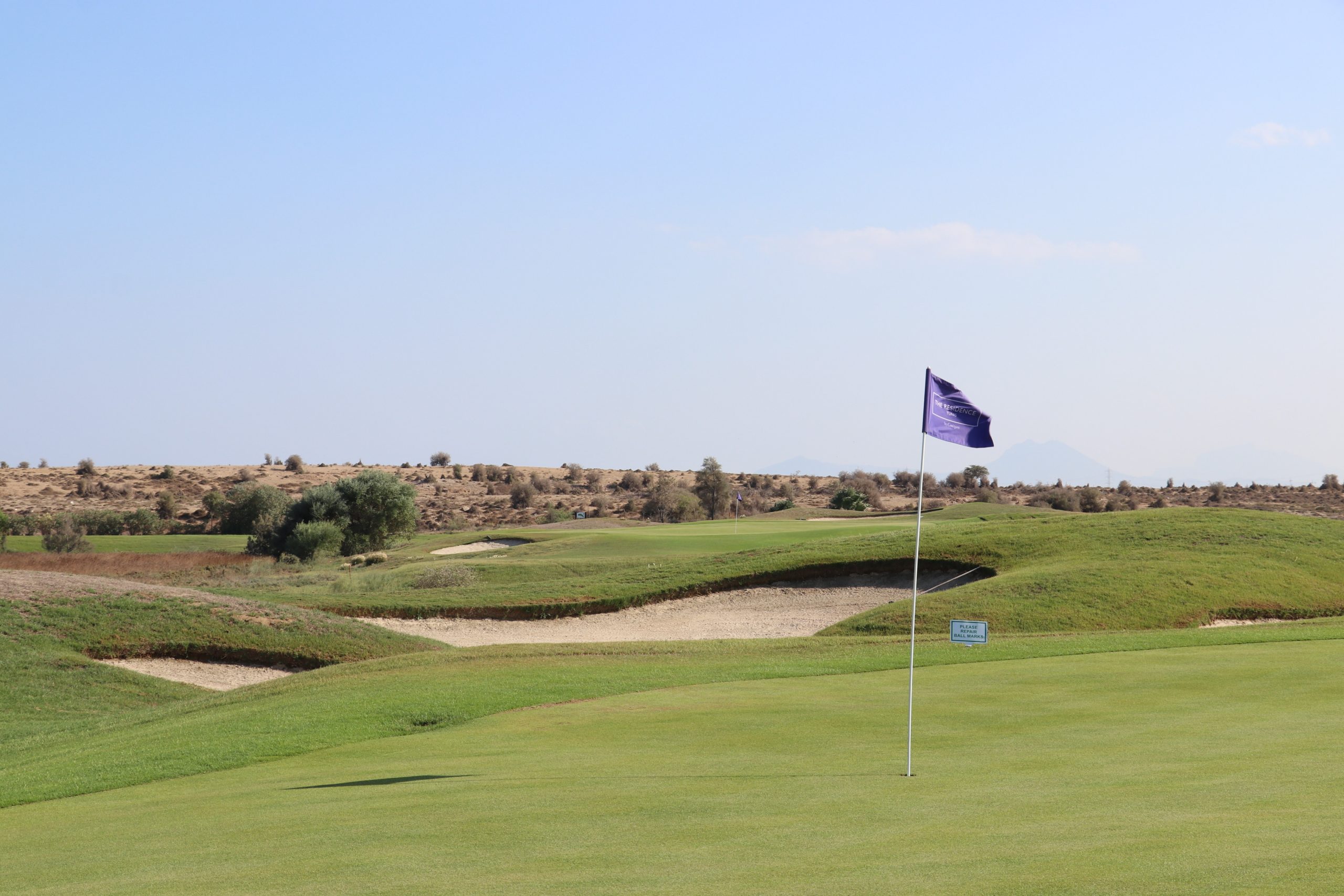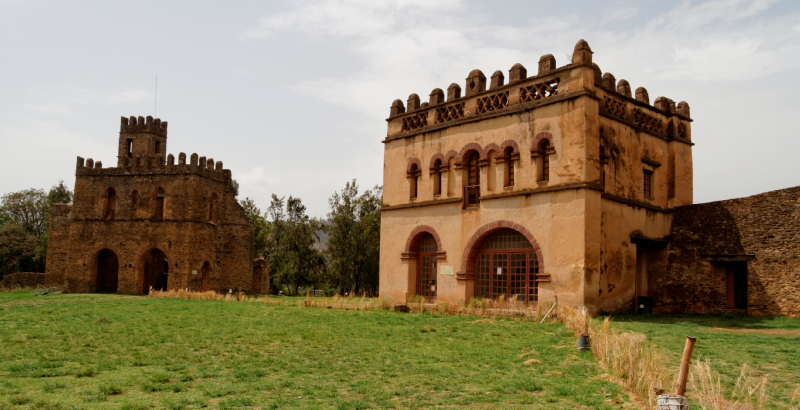Santa Nino (Cristiana) è un personaggio ricorrente durante un viaggio in Georgia. E’ colei che predicò ed introdusse il Cristianesimo in Georgia.
Arrivò ai confini dell’antico Regno georgiano di Iberia intorno al 320 d.C. Qui eresse una croce cristiana nel piccolo abitato di Akhalkalaki e iniziò a predicare la propria fede nelle regioni circostanti.
Dopo aver compiuto diverse guarigioni miracolose si trasferì a Mtskheta dove convertì dapprima la regina Nana e successivamente il re pagano Mirian III di Iberia, il quale dichiarò il Cristianesimo religione ufficiale (327). Un episodio importante della sua vita fu quando grazie a una notte di sue preghiere, la colonna di legno che avrebbe dovuto sostenere la chiesa di Mtskheta miracolosamente si spostò da sola (gli operai non erano riusciti nell’opera) fino al luogo dove secondo la tradizione venne sepolta Sidonia con la tunica di Cristo.
Continuò quindi le proprie attività missionarie tra i georgiani e si ritirò sul passo montano di Bodbe fino alla sua morte (340). Su questo sito venne poi costruito un monastero a lei dedicato.
Il simbolo più importante della Chiesa Ortodossa Georgiana è la Croce di tralci di vite, meglio conosciuta come la Croce di Santa Nino in quanto fu proprio lei a introdurla.
È riconoscibile per la leggera curvatura verso il basso dei bracci orizzontali. Alcune fonti raccontano che Santa Nino ricevette la croce dalla Vergine Maria e la cinse con i propri capelli, altre invece narrano che sia stata lei stessa a crearla.
La croce la accompagnò sempre nella missione di evangelizzazione della santa in questi territori.
La croce fu custodita presso la Cattedrale di Svetitskhoveli a Mtskheta fino al 541, fu poi spostata in Armenia, dove rimase fino al 1124. Ritornò poi in Georgia ad Ananuri e successivamente venne portata a Mosca dal vescovo georgiano Timoteo. Nel 1802, quando la Georgia venne incorporata nell’Impero russo, la reliquia fu restituita alla venerazione del popolo georgiano. Da allora è conservata nella cattedrale Sioni di Tbilisi.






